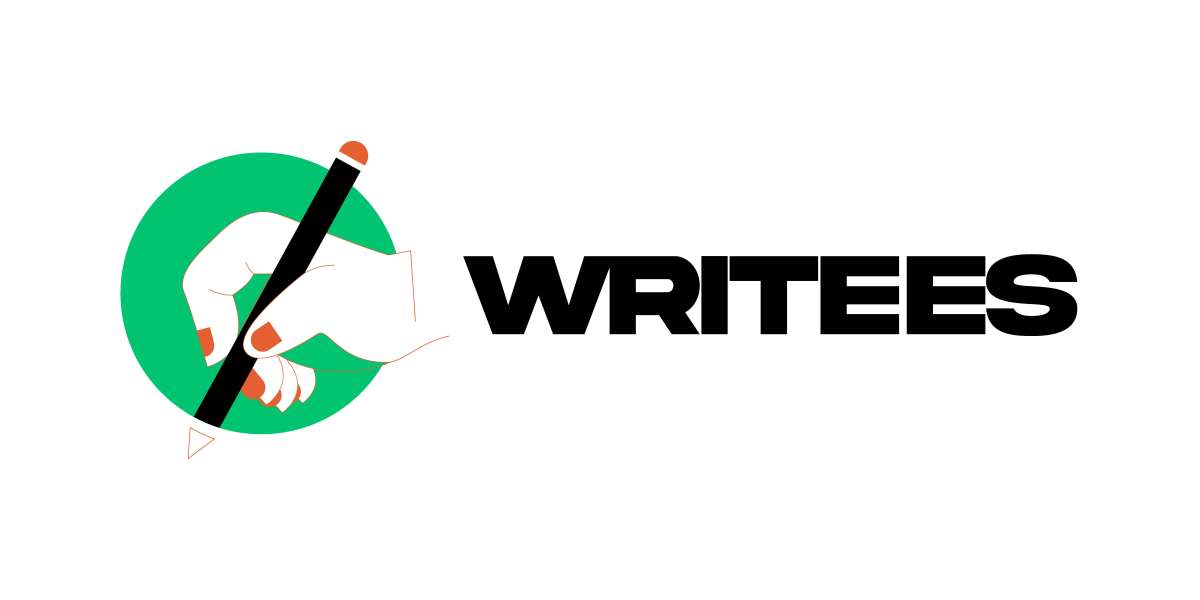The UAE’s eCommerce market is booming—with digitally savvy shoppers,WordPress Development services In Dubai and high smartphone usage, and a strong demand for luxury, convenience, and speed. If you’re running a Shopify store in the UAE or planning to launch one, it’s not enough to have just a good-looking site. You need a high-converting Shopify store that delivers both function and trust.
From local payment gateways to mobile responsiveness and bilingual support, this guide covers the 10 must-have features every Shopify store in the UAE should implement to turn browsers into buyers and maximize sales.
✅ 1. Bilingual Support: Arabic & English Storefronts
In the UAE, both Arabic and English are widely used, making bilingual functionality essential. Your Shopify store should:
Offer seamless language switching (ideally with an RTL layout for Arabic)
Translate all key elements: product descriptions, menus, checkout, customer emails
Maintain consistency in tone and design across languages
? Tool Tip: Use apps like Langify or Translate & Adapt for smooth multi-language support.
✅ 2. Cash on Delivery (COD) Payment Option
Even with a rise in digital payments, COD remains a preferred choice for many UAE customers, especially in first-time purchases.
Ensure your store:
Offers COD at checkout clearly
Communicates any additional COD fee (if applicable)
Works with local logistics providers that support COD (like Aramex or Shipa)
? Pro Tip: COD builds trust—especially for new customers hesitant about online shopping.
✅ 3. Mobile-First Design
Over 90% of online shoppers in the UAE use smartphones to browse and buy. Your Shopify store must be optimized for mobile from top to bottom:
Fast-loading mobile pages
Touch-friendly buttons and navigation
Mobile-optimized checkout
Responsive product images and videos
? App Suggestion: Use Shopify’s Dawn or Impulse theme for superior mobile UX.
✅ 4. Localized Payment Gateways
Beyond COD, UAE consumers expect access to secure, locally accepted payment methods, such as:
Tabby and Tamara (Buy Now, Pay Later)
PayTabs, Telr, Checkout.com, and Network International
Apple Pay and Samsung Pay
Your Shopify store should offer multiple payment methods tailored to local user habits.
? Why It Matters: The more convenient and familiar your payment options, the lower your cart abandonment rate.
✅ 5. Integrated Delivery & Real-Time Shipping Rates
Shoppers in the UAE are used to fast, trackable delivery, and often want to choose their delivery time or method.
Set up:
Integration with UAE couriers like Aramex, Shipa, Fetchr, or Quiqup
Real-time delivery options with calculated shipping rates
Estimated delivery timelines and tracking links
? Bonus: Offer same-day or next-day delivery in major cities like Dubai and Abu Dhabi to stand out.
✅ 6. Social Commerce Integration (Instagram, TikTok, WhatsApp)
The UAE is a social-first shopping market. Platforms like Instagram and TikTok influence purchase decisions—often more than traditional ads.
Your Shopify store should:
Sync product catalog with Instagram Shop and Facebook Shop
Add TikTok pixel for retargeting and ad tracking
Include a WhatsApp chat button for quick pre-sale questions
? Growth Hack: Use shoppable reels, stories, and influencer collabs to drive traffic directly to product pages.
✅ 7. Trust Signals: Reviews, Ratings, and Badges
Shoppers in the UAE—especially when shopping from a WordPress service provider new or small business—need assurance before completing a purchase.
Include:
Verified product reviews and ratings (use Judge.me or Loox)
Secure checkout badges (SSL, payment trust icons)
Testimonials or influencer shout-outs
? Psychological Trigger: Social proof builds credibility and reduces hesitation.
✅ 8. Local SEO Optimization & Google Shopping Feed
To rank in the UAE’s Google results, your Shopify store must be locally optimized:
Use UAE-specific keywords (e.g., “abaya Dubai,” “electronics in UAE”)
Submit product feeds to Google Merchant Center for Shopping ads
Optimize for local search terms in both Arabic and English
?Bonus: Add a Google Map and business schema if you have a physical presence.
✅ 9. Personalized Product Recommendations
Personalization increases conversions by showcasing what matters to each shopper. Shopify lets you do this through:
“You May Also Like” or “Frequently Bought Together” sections
AI-powered apps like LimeSpot or Personalized Recommendations
Segmented email follow-ups for abandoned carts or viewed products
? Why It Works: Personalization improves engagement, reduces bounce, and increases average order value (AOV).
✅ 10. Flexible Promotions and Discounting Tools
UAE shoppers are deal-hungry—especially around Ramadan, Eid, UAE National Day, and big retail events like White Friday.
Ensure your store can run:
Tiered discounts and bundle offers
Countdown timers and urgency messages
Loyalty programs or referral rewards
? Essential App: Try Shopify’s native Discounts tool, Bold Discounts, or Smile.io for loyalty programs.
⚙️ Bonus Feature: Localized Content Marketing
To build long-term customer loyalty, go beyond the store by:
Running a bilingual blog covering product tips, trends, and seasonal guides
Creating UAE-targeted campaigns around local holidays and cultural events
Using email marketing platforms like Klaviyo for segmented outreach
? Content converts—especially when it resonates culturally.
Final Thoughts: Build Smart, Sell Faster in the UAE
The Shopify eCommerce opportunity in the UAE is massive—but it’s not just about being online. It’s about being smartly optimized for your local audience’s preferences and behaviors.
By including these 10 must-have features—especially bilingual functionality, COD, local shipping, mobile responsiveness, and trust elements—you’ll be setting your store up not just to launch, but to thrive and scale.



